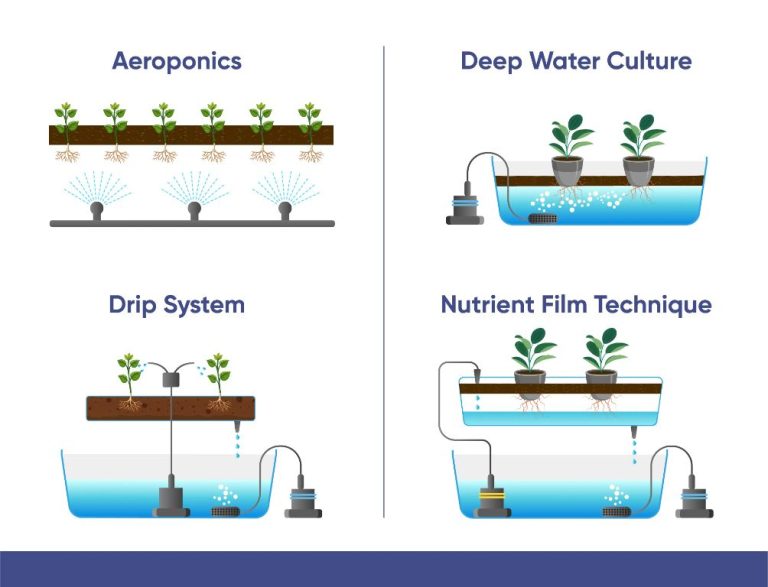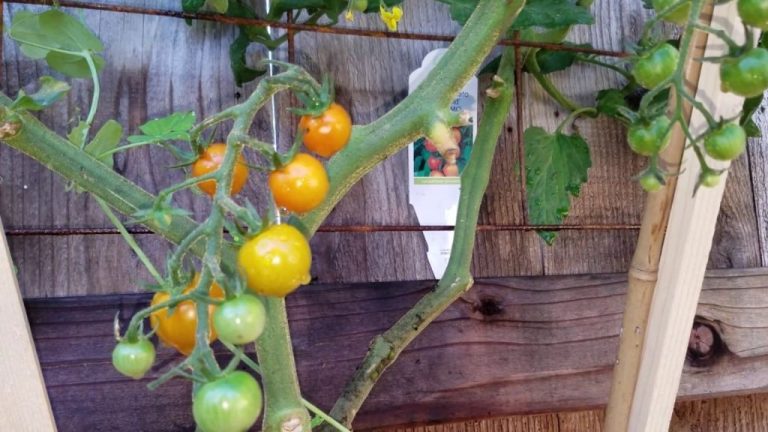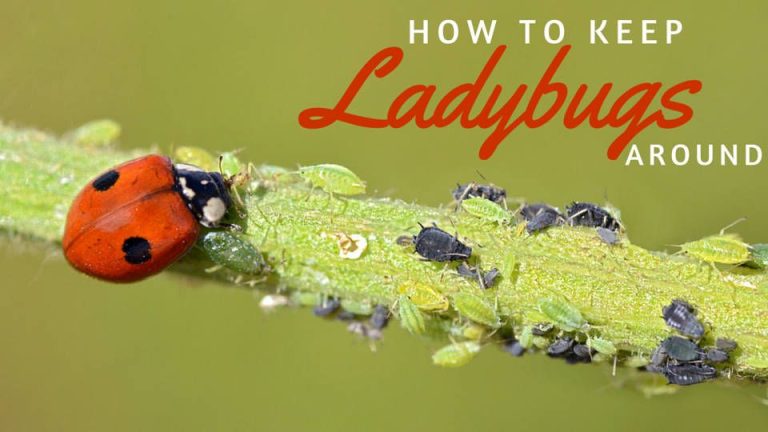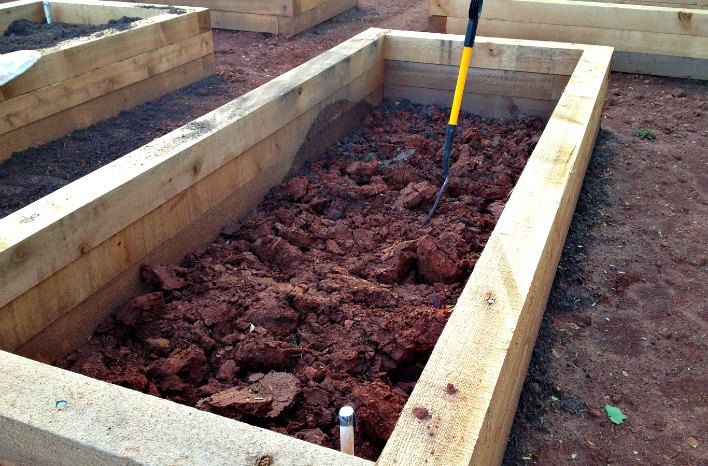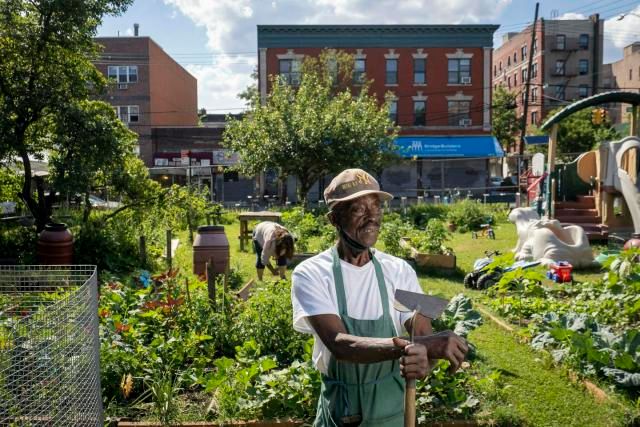Composting 101: Turning Kitchen Scraps Into Black Gold
What is Composting?
Composting is the natural process of recycling organic materials, such as food scraps and yard trimmings, into a valuable fertilizer known as compost (source). The composting process uses microorganisms, bacteria, fungi, and invertebrates to break down organic matter over time. Composting has been used by farmers and gardeners for centuries as a way to recycle waste and fertilize soil.
Composting provides numerous benefits for the environment. It reduces the amount of organic waste sent to landfills and incinerators. It decreases the need for chemical fertilizers. Compost also helps improve and regenerate soil health, and promotes higher yields of agricultural crops.
At its core, composting allows natural processes to transform organic matter that would otherwise be discarded into a substance that nourishes plants, soil, and the earth. The end result of composting is a dark, crumbly, earthy-smelling material called compost or humus that provides vital nutrients for growing healthy plants.
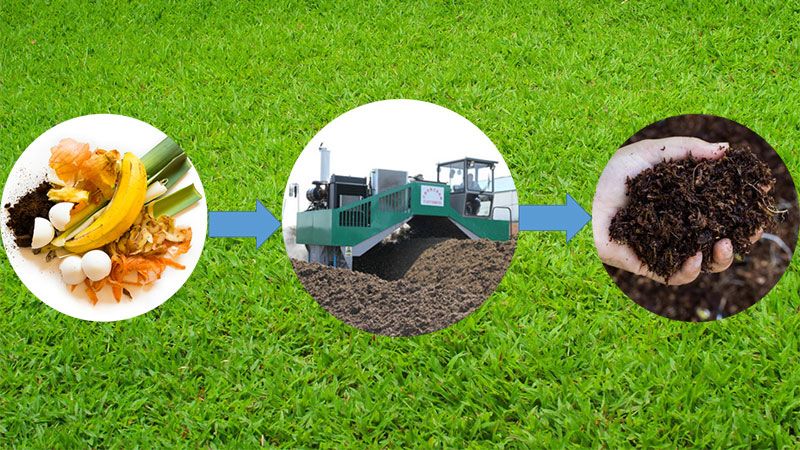
Why Compost?
Composting offers many benefits that make it a smart practice for any gardener or homeowner. The main advantages of composting include:
Improves soil health – Adding compost to soil improves moisture retention, nutrient availability, and soil structure. Compost encourages healthy root systems and plant growth.
Reduces waste – About 30% of household waste is made up of compostable food scraps and yard trimmings. Composting this material keeps it out of landfills.
Easy way to recycle – Composting turns food scraps, leaves, grass clippings and other organic materials into a valuable soil amendment. It’s an easy way to recycle organic matter back into the earth.
Compost adds nutrients to soil in a slow-release, natural form that is beneficial to plants. It improves soil health and fertility. Composting also reduces the need for chemical fertilizers. By recycling organic material into compost, less waste goes into landfills. Overall, composting provides environmental benefits that make it a sustainable practice.
Composting Basics
Composting is the process of converting organic waste into a nutrient-rich material called compost or humus. To create the ideal environment for decomposition, there are some key factors to consider:
Inputs – Compost piles require both “brown” and “green” organic materials. Browns provide carbon (e.g. dried leaves, cardboard, sawdust). Greens provide nitrogen (e.g. fresh grass clippings, fruit/veggie scraps, coffee grounds).
C:N Ratio – The carbon-to-nitrogen ratio should be around 30:1 for optimal decomposition. This balance of browns and greens supports the microorganisms that break down the materials.
Moisture – Compost should have a moisture content around 40-60%. The materials should feel damp but not soggy. Water can be added to maintain moisture if needed.
Oxygen – Turning or aerating the compost provides oxygen to support aerobic bacteria. Oxygen allows for faster and more efficient decomposition.
By understanding these basic principles, you can create the ideal conditions for organic waste to decompose into rich, beneficial compost.
Choosing a Compost System
There are several composting systems to choose from depending on your needs and space available:
Backyard Compost Pile
The most basic composting system is an outdoor pile or bin made from materials like wire, wood, or plastic (Direct Compost Solutions, 2023). This allows you to compost higher volumes. Turning or mixing the pile periodically provides aeration. A tarp can retain heat and moisture.
Contained Systems
Contained compost bins like tumblers or cylinders offer an enclosed system for faster composting. They make it harder for pests to access and allow you to compost year-round (EPA, 2023). Turning or rotating the drum aerates the materials.
Vermicomposting
Vermicomposting uses worms to break down food scraps into a nutrient-rich compost called worm castings. This can be done indoors in bins. Red wiggler worms work best, as they can handle more scraps (Uncle Jim’s Worm Farm, 2023).
Community Compost
Some municipalities offer community composting programs that collect food scraps to be composted. This allows you to compost without having your own system.
Building a Compost Pile
One of the key steps in successful composting is building your compost pile properly. Choosing the right location and materials, layering your organic matter, and sizing your pile correctly will ensure effective decomposition.
When selecting a location for your compost pile or bin, pick a level spot that drains well. You’ll want an area with partial sunlight and shade – too much sun will dry the pile out while too much shade keeps the pile from heating up properly. Make sure you have easy access to water as you’ll need to moisten the pile regularly.
The main building materials for a compost pile are browns and greens. Browns include dried leaves, branches, twigs, paper, cardboard, etc. Greens are fresh materials like fruit and vegetable scraps, grass clippings, coffee grounds, etc. Layer your pile with 2-3 parts browns to 1 part greens. The browns provide carbon while the greens provide nitrogen – both needed for composting.
Aim for a minimum pile size of 3’x3’x3′ (1 cubic meter) for optimal heat retention and decomposition. The pile needs mass to hold heat and moisture. Small piles won’t heat up effectively while oversized piles won’t get enough air flow.
Turning or mixing the pile once a week will aerate the pile and speed up composting. You’ll know your compost is finished when the materials are dark, crumbly, and earthy-smelling.
Maintaining Your Compost
Properly maintaining your compost pile is key to creating finished compost in a timely manner. Turning or aerating the pile on a regular basis provides oxygen to aid the composting process. Experts recommend turning your compost pile weekly or at least every 2-3 weeks using a pitchfork or compost aerating tool (Chapter 4, Building and Maintaining a Compost Pile). Turning or aerating helps expose all the materials to oxygen and speeds decomposition.
Monitoring the moisture level of your compost is also important. The materials should feel damp like a wrung-out sponge, but not soggy wet (Yard and Garden: Constructing and Managing Compost Piles). If the pile becomes too dry, water it while turning or aerating. Too much moisture slows decomposition and leads to foul odors.
Take the temperature of your compost pile periodically to track the progress of decomposition. Actively composting piles reach 140-160°F before cooling again. Turning the pile when the internal temperature falls helps restart the heat cycle and speeds the process. If needed, add additional nitrogen-rich green materials to maintain a proper carbon-nitrogen ratio.
Troubleshoot issues like bad odors or slow decomposition by examining the pile’s ingredients, moisture level, aeration, or temperature. Make any necessary adjustments to get your compost back on track to finish properly.
Finished Compost
Finished compost will be dark brown, crumbly, and have an earthy smell. The original materials will be unrecognizable. The volume of the compost pile will have reduced by around 50%. The internal temperature will be close to or the same as the ambient temperature when the compost is finished. According to Planet Natural, finished compost should feel like a damp, fertile garden soil and smell earthy and pleasant.
It’s important to let the finished compost cure before using it. Curing gives beneficial microorganisms time to recolonize and finish breaking down any remaining twigs or woody bits. Let the compost sit for 2-4 weeks after it’s finished before using. During this curing time, the compost can be placed in a holding unit, turned into a pile, or left in the compost bin.
Finished compost has many uses in the garden. It can be mixed into potting soil as an amendment or spread around plants as a nutritious mulch. Compost improves soil structure, adds nutrients, and helps soil retain moisture. According to the University of Illinois Extension, compost can be worked into garden beds by rototilling or digging it in. Compost can also be side-dressed around plants by raking back soil, adding compost, and replacing the soil.
Composting Problems
Like any natural process, composting can run into issues. However, most composting problems have simple solutions.
Bad Smells
A bad smell is one of the most common composting problems. It often indicates that the compost is too wet and compacted. To fix a smelly compost pile, add coarse, dry materials like straw, wood chips, or sawdust. This will aerate the pile and absorb extra moisture. Also mix in some finished compost, which contains beneficial microorganisms to outcompete any anaerobic bacteria causing odors. Turning and mixing the entire pile can also help improve airflow and reduce smells.
Pests
Pests like rodents, raccoons, and insects can be drawn to compost piles that contain food scraps. To deter them, make sure to bury food waste in the center of the pile. Do not compost meat, bones, oils, or fatty foods, as these are especially attractive to pests. If insects take up residence, introduce beneficial predator insects like lacewings or ladybugs. Covering the pile with a lid or secure tarp also helps keep pests out.
Slow Decomposition
If decomposition seems to take forever, the compost needs more nitrogen or moisture. Mix in nitrogen-rich materials like grass clippings, food waste, or blood meal. For moisture, add water until the compost is evenly damp. Turning the pile to introduce more oxygen also speeds up the process. Cold weather can stall decomposition, so make sure the pile stays warm by increasing its insulation.
Using Compost in Your Garden
Compost is an extremely valuable soil amendment for gardens. It improves soil structure, adds nutrients, and helps retain moisture in the soil. There are several ways to incorporate compost into your garden beds and containers.
One method is to amend your existing soil by mixing compost thoroughly throughout the top several inches of soil. This is best done prior to planting. Work 1-2 inches of compost into the top 3-5 inches of soil (Source). This will provide plants with nutrients and improve the soil quality. Give your vegetable garden plenty of compost in the fall by spreading several inches and then tilling it in.
Another option is to use compost as a top dressing or side dressing during the growing season. Simply spread a thin layer of compost on top of the soil in your garden beds or around your plants (Source). This will slowly provide nutrients to plant roots and help retain moisture. Be careful not to bury the stems of plants.
You can also brew compost tea – a fertilizer made by steeping compost in water. Use about 1 cup of compost per 5 gallons of unchlorinated water. Let it steep for 3-7 days, strain and apply the “tea” as a foliar spray or soil drench. This will give an immediate boost of nutrients and beneficial organisms.
When using compost in containers, mix up to 30% compost into your potting soil blend before planting.
Getting Started
The best way for beginners to start composting is to start small. Begin with a manageable sized compost bin or pile that matches the amount of food scraps you generate. Aim for a ratio of 2 parts browns (dried leaves, twigs) to 1 part greens (food scraps, grass clippings). You can add to your compost pile over time as you generate more materials. Turn or stir the compost pile weekly with a pitchfork or compost turning tool to introduce oxygen.
It’s also helpful for beginners to track the temperature and moisture level of the compost. You want it to stay consistently between 90-140 degrees Fahrenheit. If it gets too dry, add water until it’s moist but not soggy. Other tips include shredding materials before adding them, using a diverse mix of materials, and being patient as it can take 6-12 months for usable compost to form.
For more information, see the WVU Extension guide and EarthEasy’s how-to guide on starting composting.

